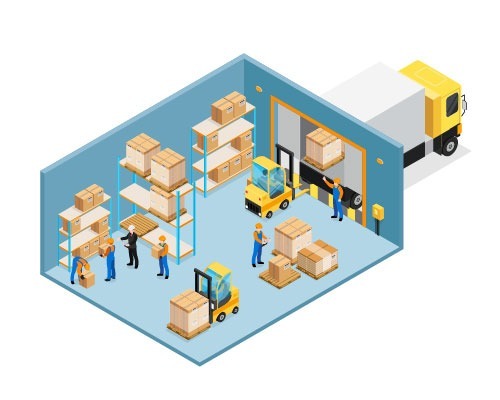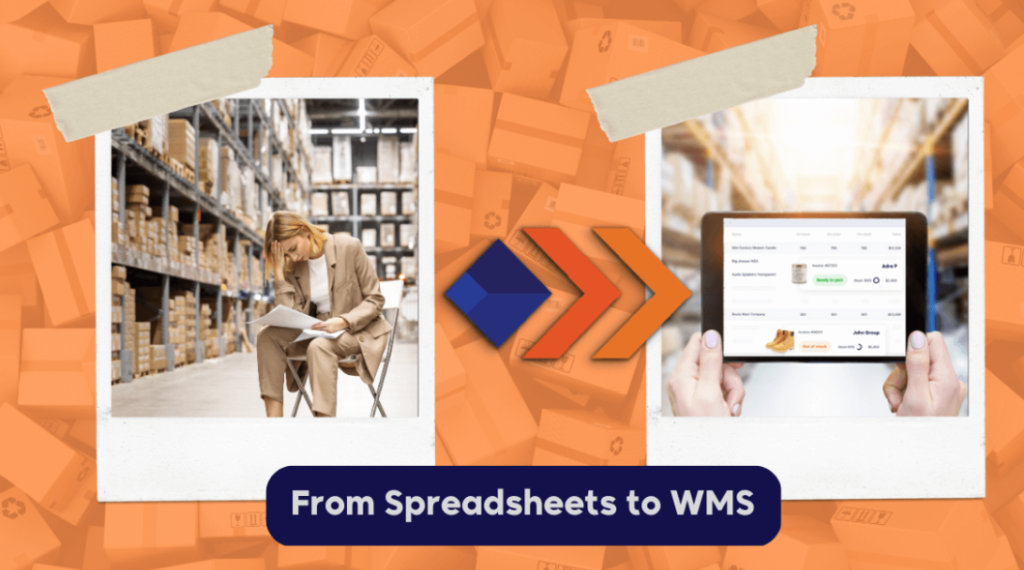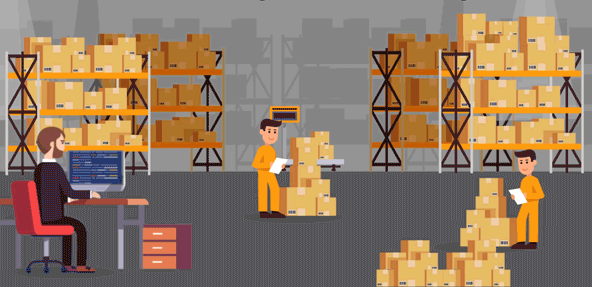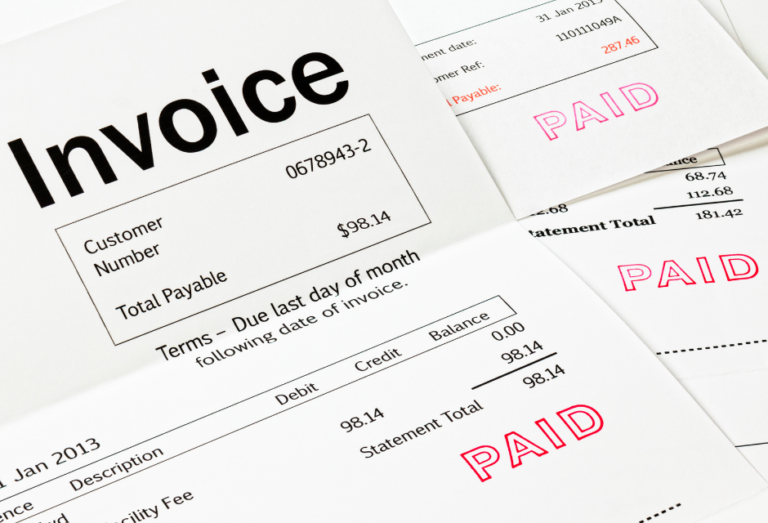Paperless Warehouse Boost Your Business Growth
- Why WMSOne Stands Out In Warehouse Management - December 30, 2024
- The Future of Warehouse Inventory Management in 2025 - December 9, 2024
- Cold Storage Warehouse: Keeping Food Fresh And Safe - October 3, 2024
In today’s competitive business landscape, efficiency and cost savings are crucial to maintaining a healthy bottom line. Transitioning to a paperless warehouse can be a game-changer, providing numerous financial benefits.
We will explore five key ways a paperless warehouse can boost your bottom line, illustrating why embracing digital solutions is a smart move for modern warehouses.
1. Reduced Operational Costs
One of the most immediate and tangible benefits of going paperless is the reduction in operational costs. Traditional warehouses rely heavily on paper for everything from inventory lists to shipping documents. These costs add up quickly when considering the expenses related to paper, ink, printers, and storage.
- Eliminate Paper and Printing Costs: By digitizing your documents, you can significantly cut down on the need for paper and printing supplies. This not only saves money but also reduces the environmental impact of your operations.
- Lower Storage Costs: Physical storage of paper documents requires space that could be used more productively. Going paperless frees up this valuable space, potentially reducing the need for additional storage facilities.
2. Improved Accuracy and Efficiency
Paper-based systems are prone to human error, which can lead to costly mistakes in order processing, inventory management, and shipping. A paperless warehouse minimizes these errors through automation and real-time data access.
- Enhanced Data Accuracy: Digital systems reduce the risk of data entry errors. Scanning barcodes and using RFID tags ensure that inventory records are accurate and up-to-date.
- Faster Processes: Automation speeds up tasks like picking, packing, and shipping. Employees can access real-time data on tablets or mobile devices, streamlining workflows and improving productivity.
3. Better Inventory Management
Effective inventory management is crucial for minimizing holding costs and avoiding stock outs or overstock situations. A paperless warehouse provides better visibility and control over inventory, leading to more efficient management.
- Real-Time Inventory Tracking: Digital systems provide real-time updates on inventory levels, helping you maintain optimal stock levels. This reduces the costs associated with excess inventory and stockouts.
- Demand Forecasting: Advanced analytics tools can analyze sales data to predict future demand, allowing you to adjust inventory levels accordingly. This ensures you’re always prepared to meet customer needs without overstocking.
4. Enhanced Customer Satisfaction
A paperless warehouse can significantly improve customer satisfaction, leading to increased sales and repeat business. Satisfied customers are more likely to become loyal, long-term clients, positively impacting your bottom line.
- Faster Order Fulfillment: Automation and real-time data access enable quicker order processing and fulfillment. Faster shipping times improve customer satisfaction and can lead to higher sales.
- Accurate Orders: Reducing errors in order picking and packing means customers receive the correct items, reducing returns and exchanges. This improves customer trust and loyalty.
5. Scalability and Flexibility
As your business grows, a paperless warehouse can easily scale to accommodate increased demand. This flexibility ensures that your operations remain efficient and cost-effective, even during periods of rapid growth.
- Easier Expansion: Digital systems can be scaled up without the need for significant investments in additional paper, storage, or manual labor. This makes it easier to expand your operations to new locations or increase capacity.
- Adaptability: Paperless systems are more adaptable to changes in business processes or market conditions. Whether you need to implement new shipping methods, introduce new products, or adjust to seasonal demand, a digital system can handle these changes seamlessly.
Conclusion
Transitioning to a paperless warehouse offers numerous benefits that directly impact your bottom line. By reducing operational costs, improving accuracy and efficiency, enhancing inventory management, boosting customer satisfaction, and providing scalability, a paperless system can transform your warehouse operations. Embrace the digital revolution and unlock the full potential of your warehouse, ensuring long-term financial success and competitiveness in the market.








